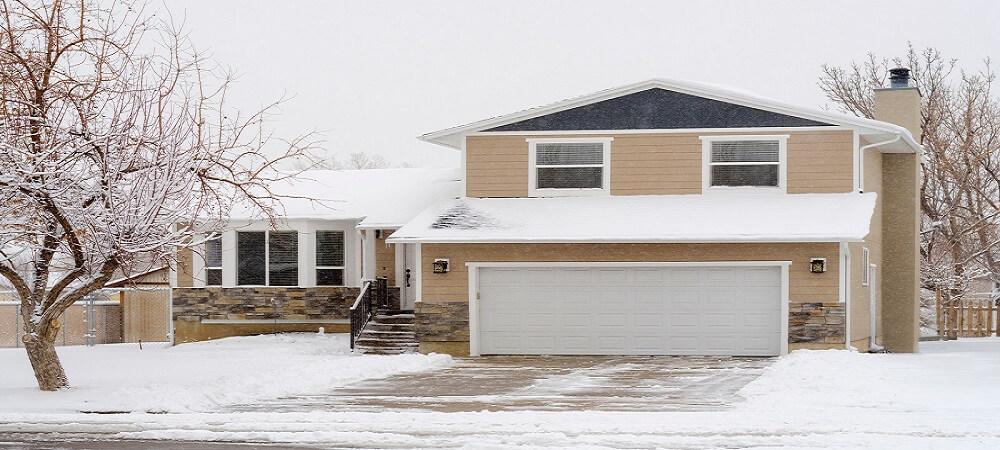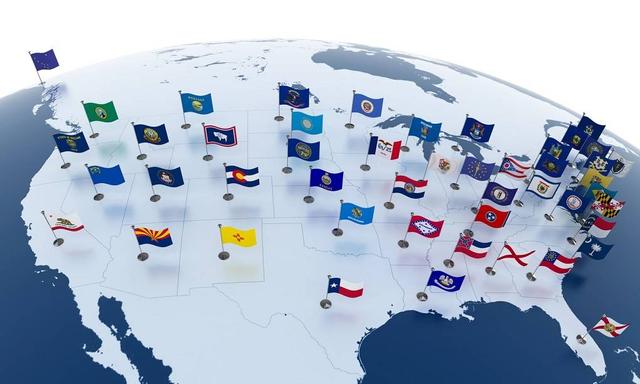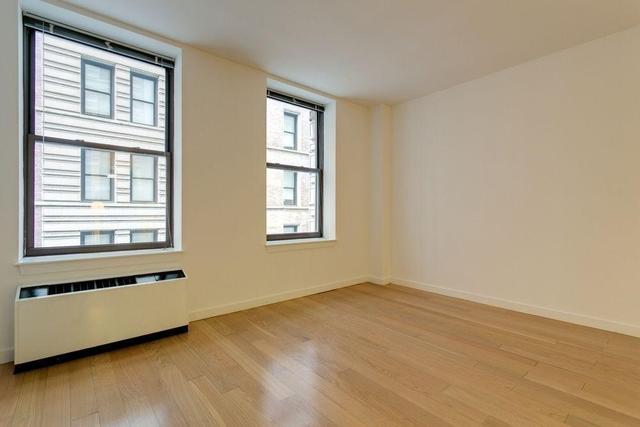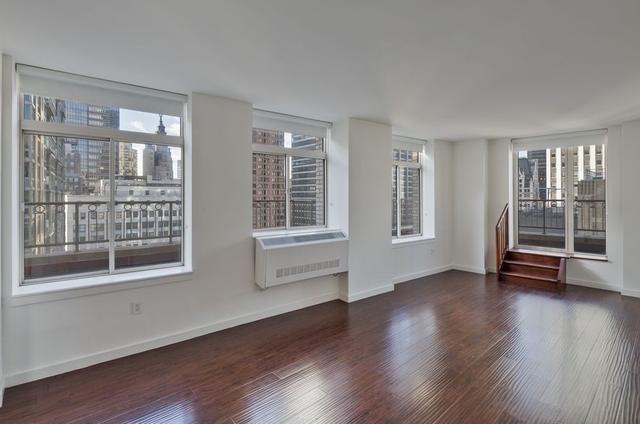
How to Winterize Your House: A Complete Homeowner’s Guide
By: ROS Team
Winterizing your home is fundamental to protecting your property, saving in repairs, and making sure you have comfort during the cold season. By going through a full winterizing home checklist, you can be ahead of the weather elements and enjoy a warm, stress-free winter. In this article, we will guide you through a step-by-step checklist that will help you to winterize your home efficiently.
What Is Winterization?
Winterization is the process of preparing a house to withstand cold weather by improving insulation, sealing drafts, protecting plumbing, and maintaining heating systems to prevent damage and reduce energy costs.
When To Winterize A House?
You should winterize your house in the fall, ideally before the first freeze. Early preparation ensures your home is ready for cold weather, preventing potential damage like frozen pipes and heat loss. Aim to complete all winterization tasks by late October or early November, depending on your local climate.
Who Should Winterize Their Home?
Homeowners and renters in regions with cold winters should winterize their homes to protect against freezing temperatures, save on energy costs, and prevent damage such as burst pipes or roof leaks. This is especially important for those in older homes with less insulation, as well as anyone planning to be away for extended periods during the winter months.
How Cold Should It Be to Winterize a House?
You should start winterizing your house when temperatures consistently drop below 50°F (10°C). At this point, cold weather poses a risk to plumbing, heating, and other systems in your home.
What Do I Need to Do to Winterize My House?
To winterize your house, you’ll need the following tools and materials:
Tools:
- Ladder: For inspecting and cleaning gutters and roof.
- Telescoping Gutter Wand: To clean out debris from gutters.
- Caulk Gun: To apply caulk around windows and doors.
- Door Sweep: To seal the bottom of exterior doors.
- Faucet Covers: To protect outdoor faucets from freezing.
- Furnace Filter: For replacing the old filter in your heating system.
Materials:
- Snowblower, Shovels, and De-icing Agents: For snow removal and preventing ice buildup.
- Window Film: To insulate windows and reduce heat loss.
- Door Sweeps: For sealing drafts under doors.
Winterizing a House Checklist
- Inspect the Roof
- Clean the Gutter and Downspouts
- Weatherproof Windows and Doors
- Service the HVAC system
- Adjust your Thermostat
- Check Your Fireplace & Chimney
- Protect the Pipes
- Prepare Your Patio and Deck
- Drain Your Water Pipes
How to Winterize a House?
Inspect the Roof
First and foremost, if you want to winterize home, it is essential that you have a good inspection of your roof, but only if you can do it safely. When the surface of the roof is slippery or if you are not sure if you can stay on your feet, calling experts or waiting for better conditions is more appropriate.
Checking for missing or damaged shingles is very important to keep you from having a leak, which could damage your house. Water that seeps into your home’s structure may result in the freezing of the area’s foundation, window sills, and attic as it expands and then causes serious damage.
Clean the Gutters and Downspouts
Falling leaves can easily clog gutters in fall, and this, in turn, prevents the proper drainage of water from the roof. This may lead to roof or siding damage and increase the chances of leaks, and the ice dams in winter. For this reason, ensure you regularly sweep your gutters and downspouts with the help of a ladder and a gutter cleaning tool like a telescoping gutter wand to ensure the water is flowing in the right way.
Weatherproof Windows and Doors
It’s essential to ensure that the spaces around windows and doors are properly sealed to create a warm and energy-efficient home in winter. Caulk can be used to fill cracks, while weather stripping stops drafts. Another way to provide added insulation is through storm doors and windows, which help keep cold air out and retain heat.
Service the HVAC system
Because your furnace will be a vital necessity in the winter, it is critical to ensure a clean and serviced system before the bad weather reaches. Regular maintenance would not only help to determine your furnace’s efficiency but also ensure it works throughout the whole season.
Easy tasks such as changing the air filter can be done by yourself but for more complicated tasks such as furnace inspection and internal cleaning, it is better to have a professional do it. By regular professional maintenance of your HVAC system, you will not only enhance its operational efficiency but also prevent any malfunction during the lowest temperature.
Adjust your Thermostat
The thermostat is to be set at a sufficiently low temperature, which will keep pipes from freezing. In this case, a range of 10-13 °C is usually a good idea. This prevents the freezing effect and energy wastage by ensuring that your home is warm enough. The thermostat should not be turned off completely because it can cause frozen pipes and other costly issues.
Check Your Fireplace & Chimney
Before using your fireplace in the winter, it is highly recommended that you inspect it. If not done, the animals’ nests and creosote might cause a dangerous situation, so schedule an annual professional chimney sweep. They will remove soot and debris from the chimney in order to let the proper airflow through. Further, if there is ash in the firebox, it can either be vacuumed or swept out. This will help you maintain good and healthful combustion.
Protect the Pipes
To avoid frozen pipes that can potentially burst and cause massive damage, it is good practice to insulate any exposed plumbing that is located in unheated areas like basements or the garage. Use pipe insulation or heat tape that can keep pipes warm. Make sure that all leaks and cracks around the pipes are closed tightly to prevent drafts.
Prepare Your Patio and Deck
Winterize your patio and deck to prepare your space for the season, especially if you live in an area with heavy snowfall. Lay weatherproof covers or keep a garage or shed for patio furniture safe from snow and ice. Use a fresh coat of sealant on your wood to shield it from moisture and to slow down deterioration. This will help you keep your outdoor areas in good condition and prolong the life of your patio and deck.
Drain Your Water Pipes
Draining the pipes is essential to prevent freezing and potential damage in homes that will be vacant all winter long. The first thing is to deplete all water sources like the toilet bowl and the water heater to empty the pipes. After draining, turn off the main water supply completely. This helps ensure that there are no leaks in the system that could lead to frozen and broken pipes when the home is unattended.
How to Winterize an Exterior House?
Other than the above-mentioned tips for winterizing your home, you can take these extra measures to make sure the exterior of your use is completely winterized:
Check the Foundation for Cracks
Inspect your home’s foundation for small cracks. Even minor gaps can allow pests and cold air inside. Sealing these cracks with expanding foam filler or mortar helps keep your house insulated and prevents insects from entering.
Protect Plants and Outdoor Accessories
Cover vulnerable plants with blankets or plastic sheeting when temperatures drop below freezing. Store or cover patio furniture with weatherproof materials, and drain water from fountains to prevent ice damage.
Check Exterior Vents
Close and inspect exterior vents to ensure they’re sealed. Repair any damage to prevent cold air from seeping in.
Related Articles:








